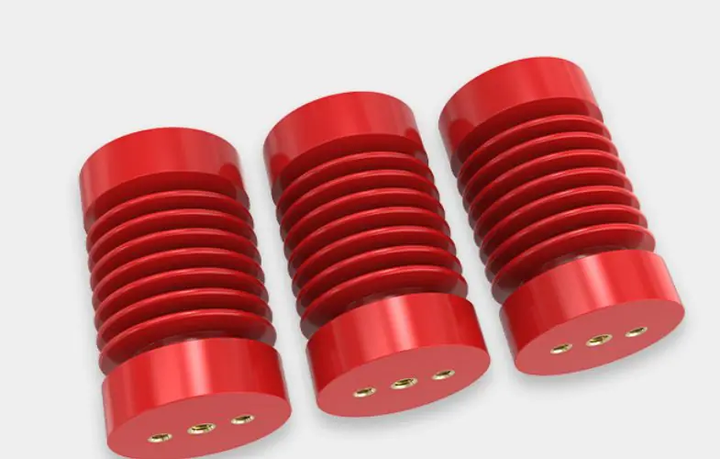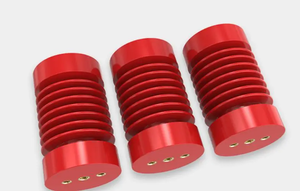Empowering Electrical Systems: The Significance of High Voltage Insulators
Corps
These insulators play a pivotal role in maintaining the integrity of electrical systems, preventing power loss, and safeguarding both infrastructure and personnel.
This article explores the importance of high-voltage insulators, their functions, and their critical role in the reliability of power transmission.
Understanding High Voltage Insulators
High-voltage insulators are specialized components designed to support and electrically isolate conductors in high-voltage power systems.
Typically made from materials like ceramic, glass, or polymer, these insulators serve as a barrier between the energized conductor and the grounded structure, preventing unintended electrical pathways and ensuring the safe and effective transmission of electricity.
Key Functions
Electrical Isolation: The primary function of high voltage insulators is to prevent the flow of electrical current between the energized conductor and the grounded structure. This electrical isolation is crucial in minimizing power losses and maintaining the efficiency of the transmission system.
Mechanical Support: High voltage insulators provide essential mechanical support for overhead power lines. They are designed to withstand the weight of conductors, environmental factors, and dynamic loads such as wind and ice, ensuring the stability and longevity of the transmission infrastructure.
Corrosion Resistance: As components exposed to various weather conditions, high-voltage insulators must resist corrosion effectively. Materials like porcelain and composite polymers are chosen for their durability and ability to withstand the corrosive effects of rain, salt, and other environmental factors.
Flashover Prevention: High voltage insulators are engineered to resist flashovers, which occur when a disruptive discharge bridges the insulator surface, creating unintended electrical paths. Proper design and materials selection help minimize the risk of flashovers, enhancing the reliability of power transmission.
Applications in Power Transmission
Overhead Power Lines: High voltage insulators are widely used in overhead power line systems, supporting conductors and maintaining electrical isolation. The design of these insulators varies based on factors such as voltage levels, environmental conditions, and the specific requirements of the transmission line.
Substations: Within power substations, high-voltage insulators are employed to support busbars, circuit breakers, and other electrical equipment. Their role is critical in preventing unwanted electrical discharges and ensuring the safe and reliable operation of the substation.
Switchgear: High voltage insulators find application in switchgear, providing electrical insulation for various components such as disconnect switches, circuit breakers, and surge arresters. This insulation is essential for preventing short circuits and ensuring the overall reliability of the switchgear.
Transformer Applications: In transformers, high-voltage insulators support the windings and prevent electrical contact between different voltage levels within the transformer. This insulation is crucial for maintaining the efficiency and safety of transformer operations.
Safety Considerations: Ensuring the proper functioning of high-voltage insulators is vital for the safety of both electrical infrastructure and personnel. Regular inspections, maintenance, and adherence to industry standards are essential to identify and address potential issues before they escalate.
Conclusion
High voltage insulators stand as unsung heroes in the realm of power transmission, silently facilitating the efficient flow of electricity while ensuring the safety and reliability of electrical systems.
Their ability to provide electrical isolation, mechanical support, and resistance to environmental factors makes them indispensable components in the complex network of power infrastructure.
As technology advances and power demands increase, the role of high-voltage insulators remains paramount in empowering our modern world with a reliable and secure supply of electrical energy.











commentaires